As Oklahoma began as Indian Territory, a territorial court system was created in the 1890s. The territory’s judiciary consisted of a territorial supreme court made up of three justices. The court could sit as a federal court and as a territorial court. It would also serve as a Supreme Court and hear cases appealed from the territory’s lower courts.

In the 1907 the legislature created the Court through adoption of the Oklahoma Constitution and statutes, retaining many of the features of the territorial court.
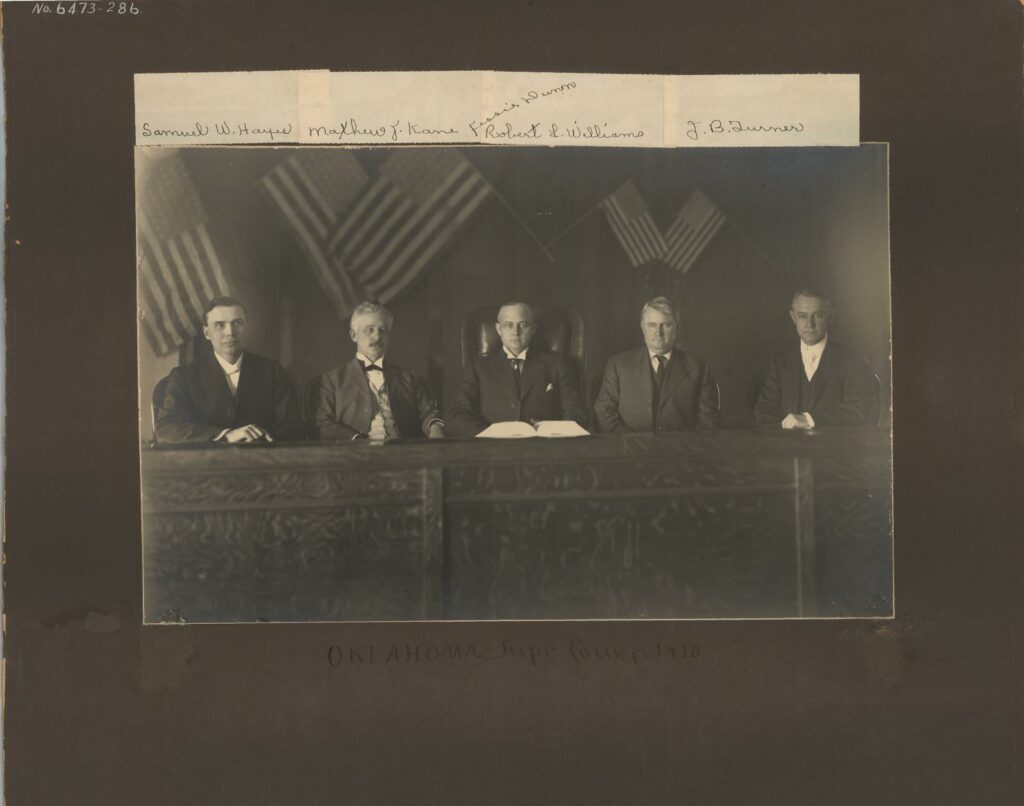
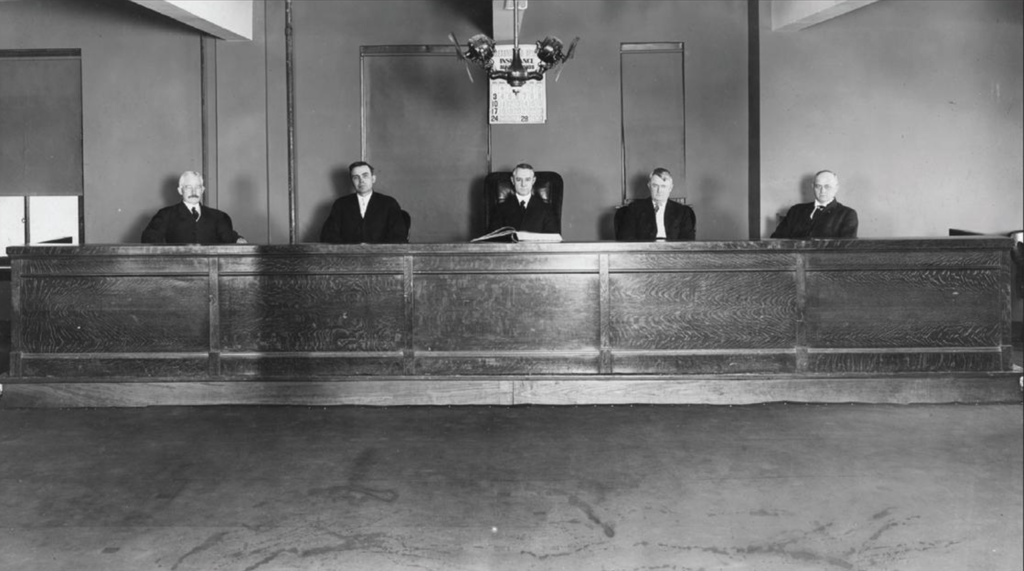
The First Supreme Court of Oklahoma consisted of five justices: Chief Justice Robert Lee Williams, Justice JB Turner, Justice Samuel W Hayes, Justice Matthew J. Kane, I, and Justice Jesse Dunn. When Chief Justice Turner resigned to become the third Governor of Oklahoma, Justice Matthew J. Kane, I became the Chief Justice. His great grandson, M. John Kane, VI, has served as Chief Justice of the Oklahoma Supreme Court from 2023-2024.
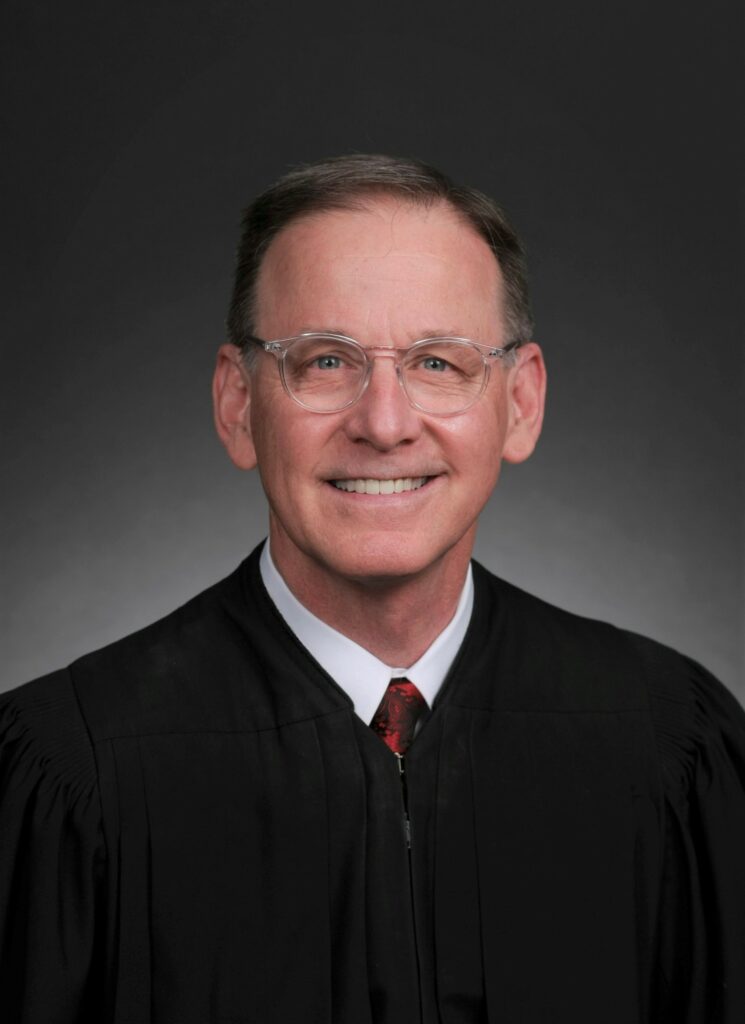

Justice M. John Kane, VI and Justice Matthew John Kane, I, Reuel Haskell Jr. Collection, Oklahoma Historical Society Research Division
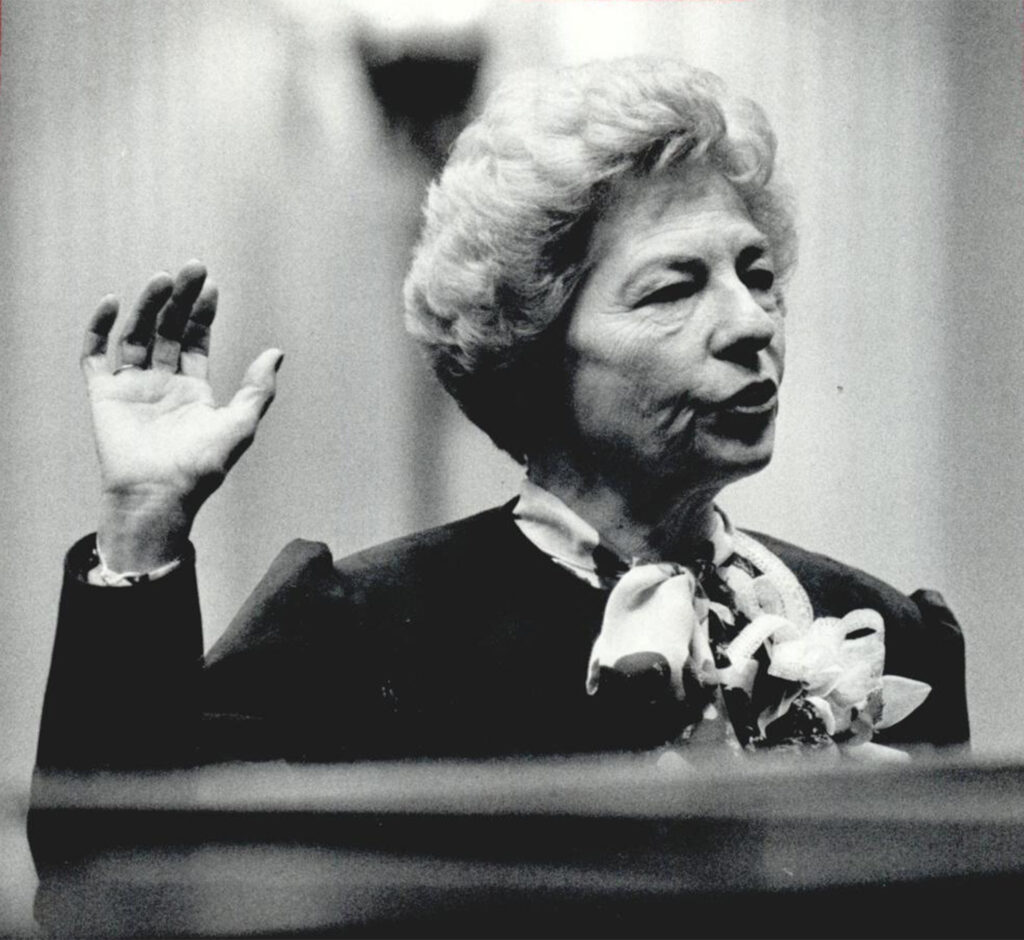
Alma Wilson was the first female justice. She was appointed by Governor David Boren in 1982.
Photograph used for a story in the Oklahoma Times newspaper. Caption: “Alma Wilson, takes the oath of office today as the newest justice on the Oklahoma Supreme court. Mrs. Wilson, 64, is the first woman named to the state’s highest court.” A Supreme First For State”, Oklahoma Times, Oklahoma City, Oklahoma, February 17, 1982 Klock, Roger February 17, 1982.
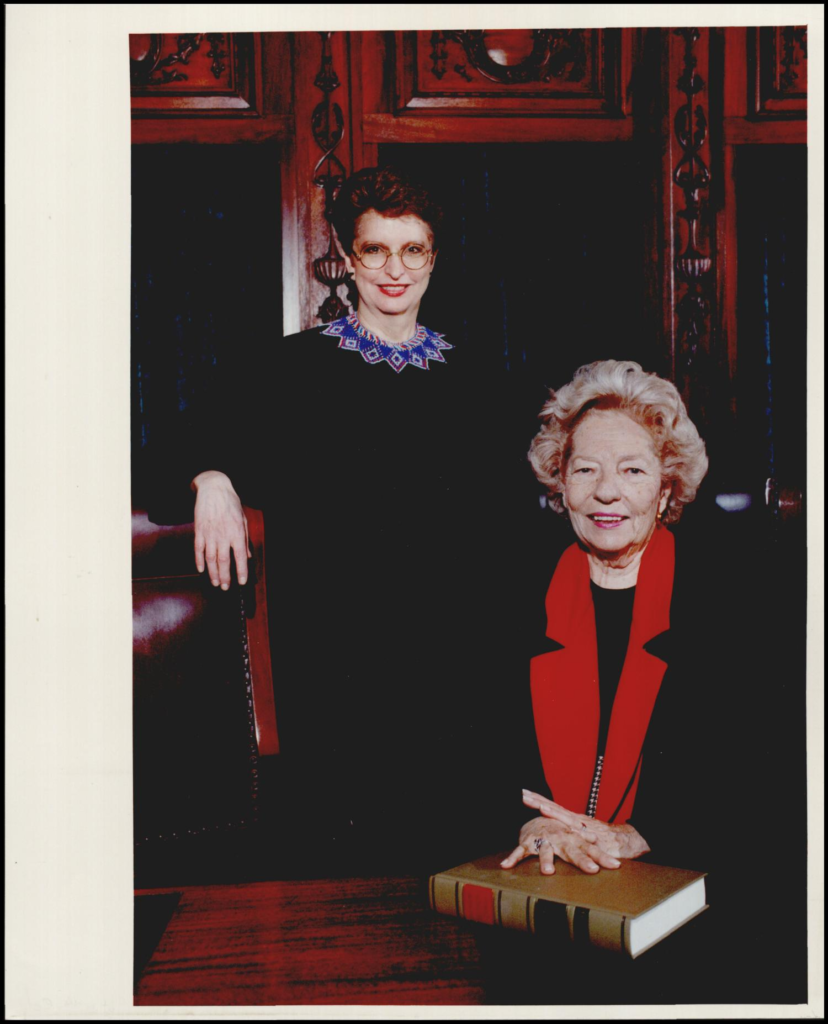
The Supreme Court’s second female Justice, Yvonne Kauger, was appointed by Governor George Nigh in 1984. In 1997, Chief Justice Wilson and Vice-Chief Justice Kauger were the first female leadership for the Supreme Court.
All civil appeals from the trial courts are taken directly to the Supreme Court, which hears appeals as a single body of nine justices. Deciding cases is only one of the Supreme Court’s functions. The Court is also responsible for the administration of the state’s entire judicial system. The Court establishes rules of operation for all lower courts in the state. The Supreme Court formulates the rules for practice of law, and it administers discipline in Bar disciplinary matters.
Pursuant to the Constitution, the Court selects from its members a Chief Justice and a Vice Chief Justice. The Court selects a new Chief Justice every two years. The Chief Justice, presides at all court sessions and chairs the state judicial conference. Together with the other members of the Court, the Chief Justice administers the judicial branch of state government and represents the Court and the judicial system in public appearances. The Vice Chief Justice’s term of office is coextensive with that of the Chief Justice